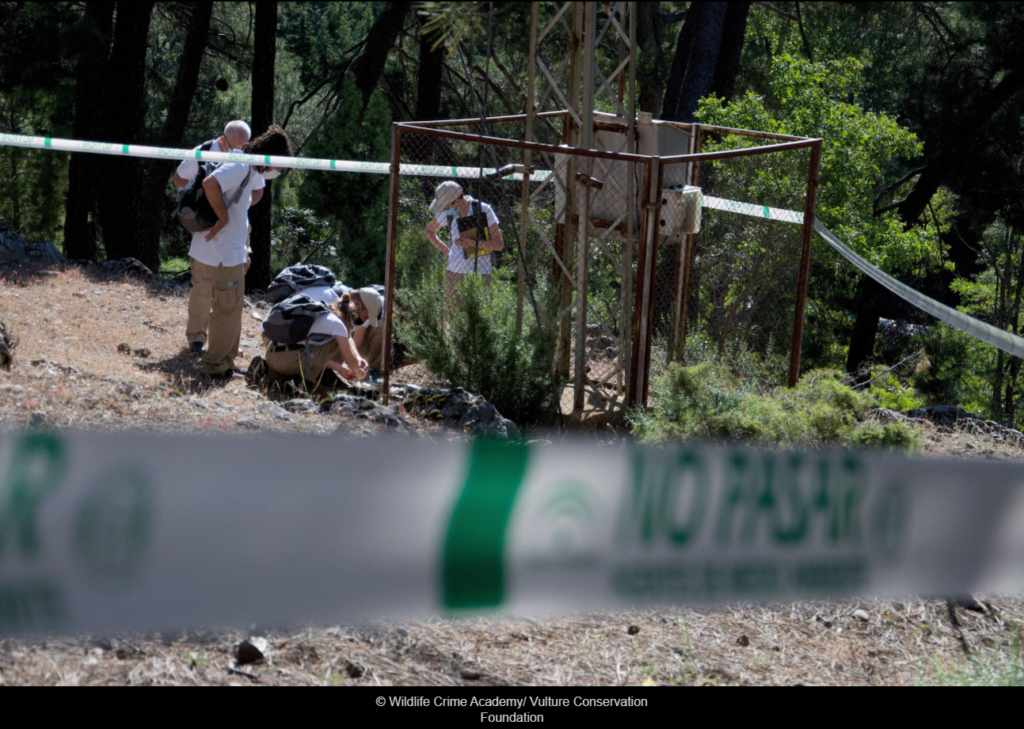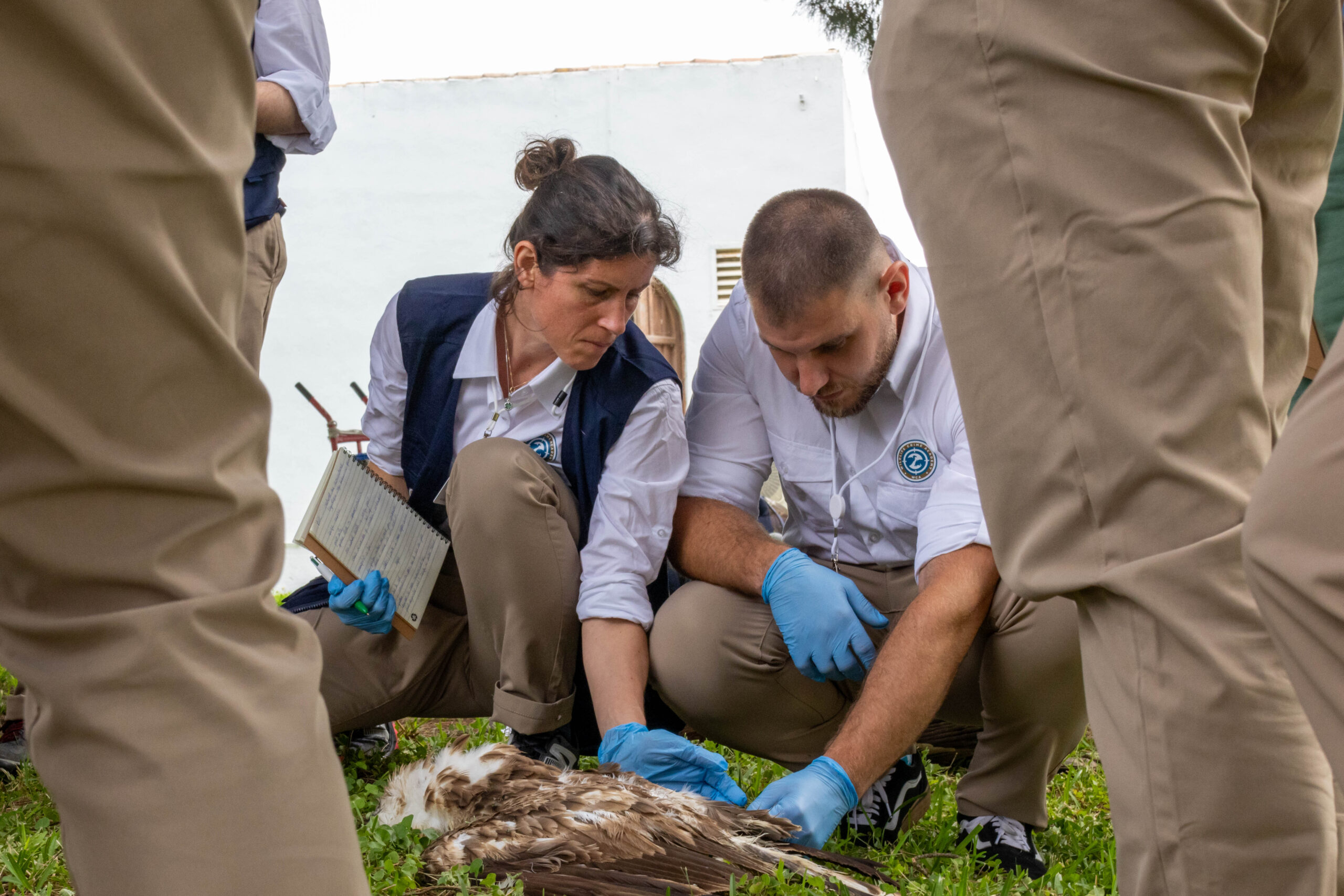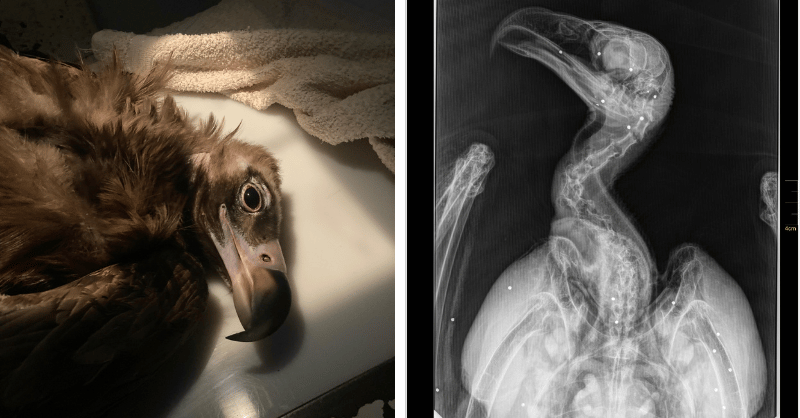Wildlife crime has emerged as one of the most urgent and pervasive threats to global conservation efforts. The illegal killing, poisoning, poaching, and trafficking of wildlife not only lead to the decline and extinction of numerous species, but also undermine national security, political stability, economic prosperity, and cultural heritage.
Recognizing the gravity of this issue, a new and innovative project, the WildLIFE Crime Academy, has been launched to combat wildlife crime through enhanced law enforcement, international collaboration, and capacity-building initiatives. This project aims to improve the effectiveness of national authorities in addressing wildlife crimes and provides a sustainable framework for tackling this growing menace. It’s about time we start taking crimes against wildlife more seriously.

Tackling the wildlife crime crisis
Wildlife crime encompasses a wide range of illegal activities, including the illegal killing of wildlife, the illicit trade of animal and plant species, and the destruction or alteration of critical habitats. These crimes often involve organized transnational criminal networks that exploit weak governance, corruption, inadequate laws, and a lack of resources within national enforcement systems. The impacts of wildlife crime are far-reaching, contributing to the loss of biodiversity, the depletion of ecosystems, and the destabilization of economies, particularly in developing nations.
In Europe, certain species are particularly vulnerable to wildlife crime. For example, illegal poisoning poses a significant threat to scavenger species such as vultures, eagles, and wolves. Similarly, poaching and illegal trapping, especially for songbirds and game species, are major concerns in regions such as the Mediterranean and the Balkans.
Wildlife trafficking has become a billion-euro criminal industry dominated by organised criminal groups. It is even more attractive as the risk of detection is low, penalties are often insignificant, whereas the profits are comparable to arms and human trafficking. This has led to a rising tide of violence, with rangers losing their lives for simply doing their job.
These criminal activities put immense pressure on conservation efforts and exacerbate environmental degradation.
The vision of the WildLIFE Crime Academy
The WildLIFE Crime Academy project aims to address these challenges by equipping relevant governmental agencies and law enforcement authorities in the target countries with the knowledge, skills, and tools necessary to combat wildlife crime effectively. By sharing best practices and fostering international collaboration, the project seeks to improve operational capacities across various sectors and strengthen enforcement mechanisms to reduce wildlife crime and ensure the protection of threatened species.
The project is structured around several key objectives:
- Capacity building: Strengthening the operational capabilities of national authorities, including police, environmental inspectors, prosecutors, and veterinarians, through specialized training programs.
- Knowledge exchange: Facilitating the exchange of best practices and lessons learned from countries with successful wildlife crime prevention models, particularly Spain, where the environmental services of the Junta de Andalucía have significantly reduced wildlife crime over the past 15 years.
- Holistic approach: Promoting a multi-sectoral approach to tackling wildlife crime, bringing together governments, NGOs, intergovernmental organizations, and academia to collaborate and share resources.
- Enhanced international cooperation: Strengthening cross-border coordination to combat illegal wildlife trafficking and improve the enforcement of international environmental laws.
Building on proven success
The WildLIFECrime Academy project is built upon the successful framework established by VCF and Junta de Andalucia and the BalkanDetox LIFE project.
The environmental law enforcement services of the Junta are the only ones in Europe that have successfully reduced all types of wildlife crime over the past 15 years. Wildlife poisoning cases have been properly handled, with forensic autopsies and toxicology tests carried out in most cases. This has led to more thorough investigations and better chances of successful prosecutions. More importantly, the active involvement of police and other law enforcement agencies, along with their increased presence and quick responses to poisoning incidents, is widely appreciated by the public and acts as a strong deterrent to potential offenders.
The WildLIFECrime Academy project aims to expand this training to include a broader range of wildlife crimes, such as illegal trapping, shooting, and trafficking. It will also focus on building law enforcement capacity in regions like the Caucasus and North Africa, where illegal wildlife trade is rampant, and millions of animals are killed or trafficked each year.
What’s next?
The WildLIFECrime Academy project is still in its early stages, but the foundation has been laid for a robust and sustainable initiative to effectively combat wildlife crime. Over the coming months, further training programs will be rolled out, targeting key stakeholders in the law enforcement and conservation sectors.
Big thank you to our partners, Ministry of Environment, Waters and Forests (MMEDIU), DOPPS BirdLife Slovenia, Centar za zaštitu i proučavanje ptica (CZIP) and Taskent Doga Parki (Taskent Nature Park) TNP. We look forward to making history together by creating a lasting impact on wildlife protection, forging international partnerships, and setting new standards in the fight against wildlife crime. Together, we will help ensure a future where nature can thrive, free from the devastating consequences of illegal exploitation.
Stay tuned for more updates on WildLIFECrimeAcademy as the project website and more information will be available soon.

–


